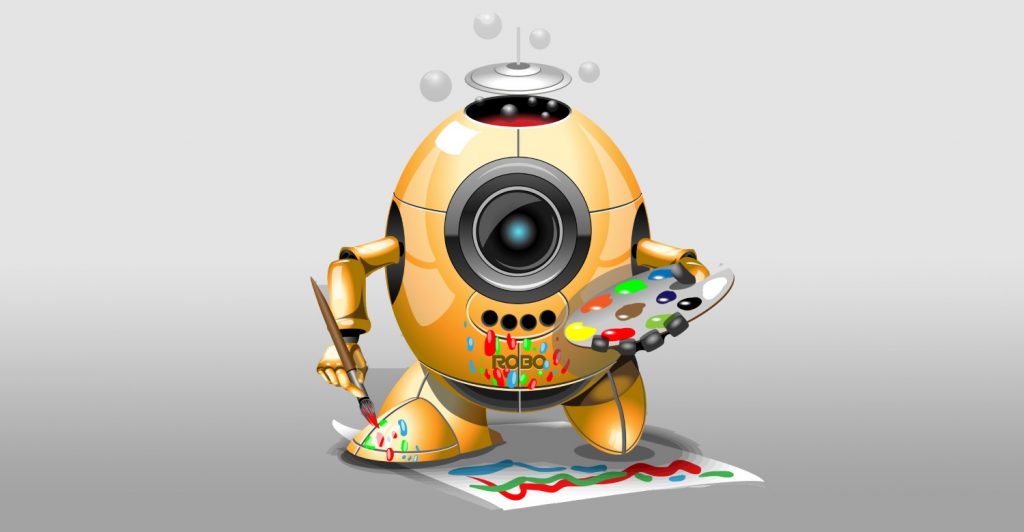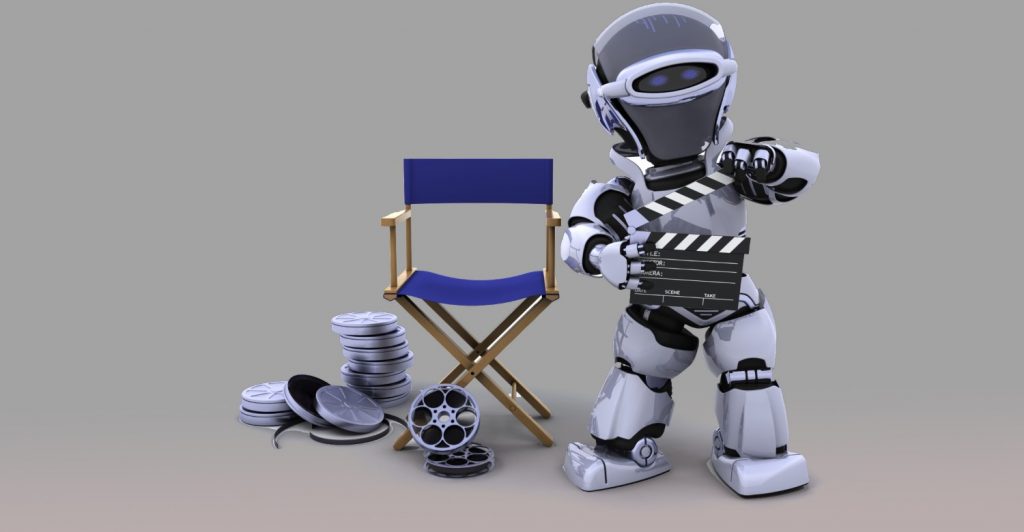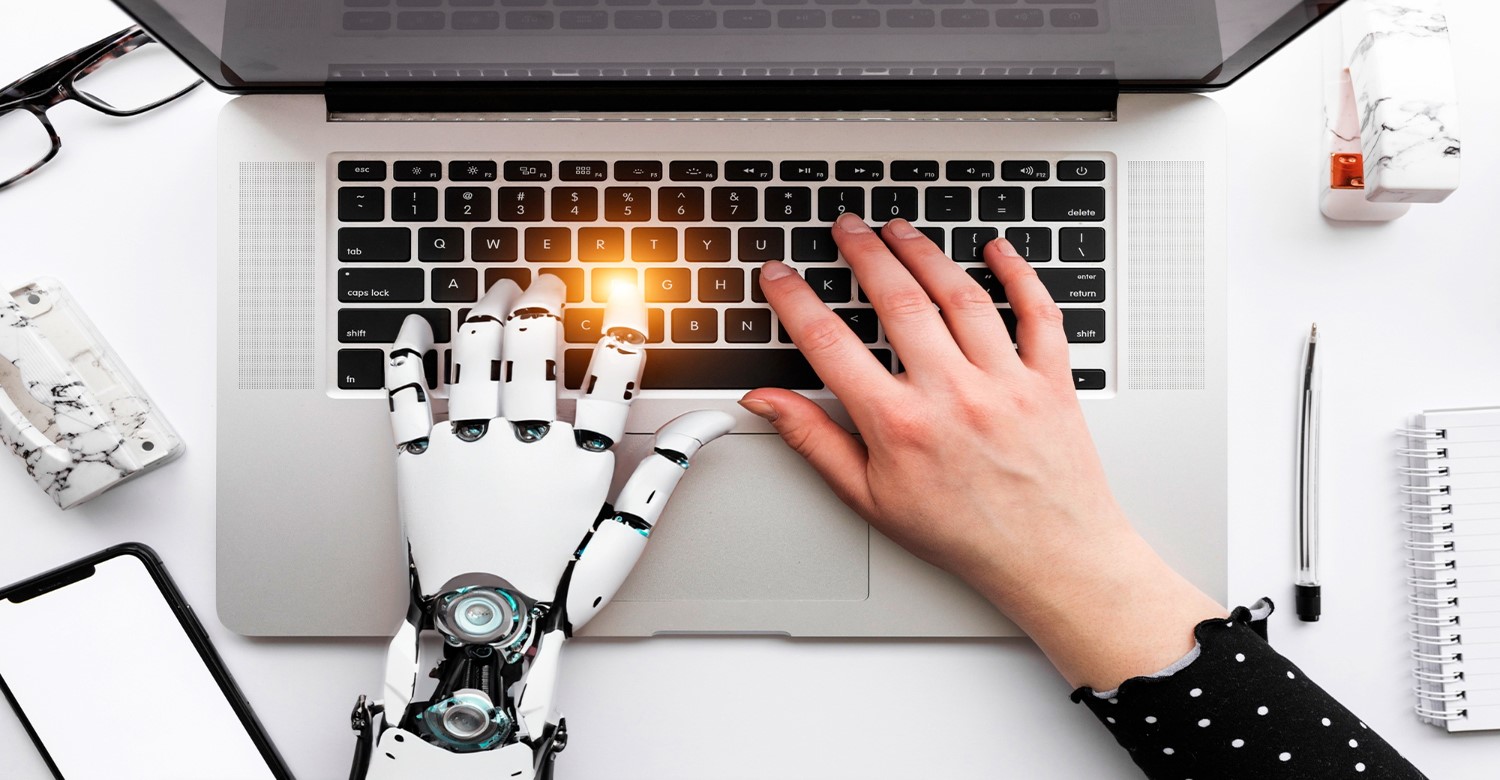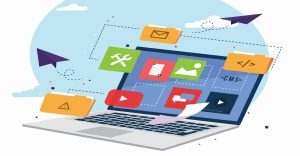Artificial intelligence (AI) refers to software that can mimic human skills like writing, speaking, seeing, and reasoning. In content creation, AI enables the automation of work typically requiring a human touch, such as writing, graphic design, and video production.
Techniques like natural language processing (NLP) allow AI chatbots to hold surprisingly smooth conversations. Neural networks can generate new text, images, and more based on how our brains work – technology straight out of science fiction becoming a reality.
Table of Contents
The Rise of AI Content Creation
While AI research has been around for decades, it’s gone mainstream in recent years thanks to more advanced algorithms, massive data to train them, and sheer computing power. The evolution from clumsy phone tree menus to conversational AI assistants like Siri has been rapid.
Adoption began in the 1950s with automated speech generation. Today, AI writing tools like Wordsmith can generate full articles on topics like company earnings. Creative AI apps like DALL-E 2 produce photorealistic images from text prompts. As research continues, prepare for AI’s role in content creation to keep advancing.
Ai Content Creation: Key Applications
AI in Writing
Automated Text Generation
AI writing tools use NLP to study massive text data like books, news articles, and blogs. They analyze patterns related to grammar, tone, and structure that make readable content. This allows them to generate tailored reports, posts, ad copy, and more – like a blog post on your latest sales figures.
AI auto-writing has many applications across industries:
- Targeted marketing content like landing pages and social captions
- News article drafts for reporters to refine
- Automated data reports converted into prose
- Personalized ad copy tailored to customer demographics
- Hobbyist content like recipes, gaming guides, and fiction
However, while AI can produce passable text, human eloquence remains unmatched. The most prudent use is drafting content faster while relying on people for refinement and nuance. When used appropriately, AI writing amplifies human abilities rather than replaces them.
AI Content Creation: Editing and Proofreading
Tools like Grammarly, ProWritingAid, and LanguageTool use NLP to check grammar and spelling, detect inconsistencies, and suggest basic edits. This can save editing time and reduce errors. However, current AI has limitations regarding broader contextual nuance. The most effective workflows combine AI checking with human oversight to balance automation and editorial insight. When applied judiciously, AI editing can enhance professionals’ output without sacrificing quality.

AI Content Creation: Graphic Design
Generating Visual Content
AI enables graphic design automation by creating original images, illustrations, and data visualizations. Techniques like generative adversarial networks (GANs) refine results by pitting two AI systems against each other.
Platforms like DALL-E 2 and Midjourney analyze millions of images to generate new ones matching text prompts. This allows anyone to create custom visuals without artistic expertise. For data graphics, tools like Data2Vis and Canva convert datasets into infographics. However, AI art raises questions about its impacts on human creativity.
Personalizing Visuals
AI empowers graphic designers by suggesting tailored choices for layout, color schemes, and imagery based on branding needs and target demographics. This facilitates quick ideation of graphics with maximum appeal. AI customization also adds relevant localized images and context. Overall, AI is transforming graphic design from one-size-fits-all to dynamic personalization.
AI Content Creation: Video Production
Automated Editing
AI streamlines video editing by automating tasks like analyzing footage to determine optimal pacing and sequence ordering based on cues like speech. This enables editors to focus on storytelling and style. Compared to seasoned professionals, current AI tools still need improvement regarding narrative flow and emotional impact. However, by automating technical work, human editors can concentrate on high-level creative direction. When used prudently, AI video editing brings efficiency while benefiting from human artistry.

AI-Generated Video
Algorithms can now generate tailored video content according to specified topics and styles. This allows rapid concept prototyping before costly production. However, as adoption expands, ethical risks around truthfulness and workforce impact warrant careful governance. The ideal workflow combines AI’s ideation power with input from video professionals at each stage. With thoughtful human oversight, AI offers new frontiers for visual storytelling.
Challenges and Ethical Considerations
While promising, integrating AI content creation effectively requires diligent oversight of issues like:
- Algorithmic bias leading to problematic stereotypes
- Verifying authenticity and accuracy of AI content
- Legal uncertainties around copyright and IP of AI output
- Workforce impacts on human creativity and employment
With responsible practices and human guidance focused on collaboration over replacement, AI can positively transform content creation. However, prudent governance remains vital.
The Future of Creating Alongside AI
AI will likely enable hyper-personalized multimedia content tailored to audience interests and could unlock entirely new art forms. However, human imagination, ethics, and emotional intelligence remain irreplaceable. Rather than overnight disruption, adaptation will be an iterative process.
The prudent path forward is to thoughtfully integrate AI, augmenting rather than replacing human creativity. With careful stewardship, the future looks bright for synergistic human-AI collaboration, reimagining content innovation!
Frequently Asked Questions
Q1. How can AI aid human content creators?
A1. Increasing output through automating rote work, generating personalized content, and innovatively combining concepts to unlock new creative possibilities that augment human imagination.
Q2. What skillsets will remain vital in an AI-powered future?
A2. As routine work declines, skills like strategic thinking, creativity, emotional intelligence, AI ethics, and oversight will retain immense value. Adapting to enable symbiotic human-AI collaboration will be crucial.
Q3. Could AI replace human creators entirely?
A3. While AI can generate content at scale, human creativity, meaning, nuance, and emotional intelligence remain irreplaceable. Total automation risks quality declines and issues like bias. Human guidance at each stage will remain critical.
Q4. What are the most significant risks associated with AI content creation?
A4. The main risks include biased data/algorithms, copyright/IP uncertainties, misinformation via synthetic media, and job displacement. Responsible development focused on augmenting human creators is vital.
Q5. What role should human creators play in an AI-powered future?
A5. Humans should provide vision, oversight, and governance over AI tools to ensure they enhance rather than replace the irreplicable value of human perspective, expression, and storytelling.




